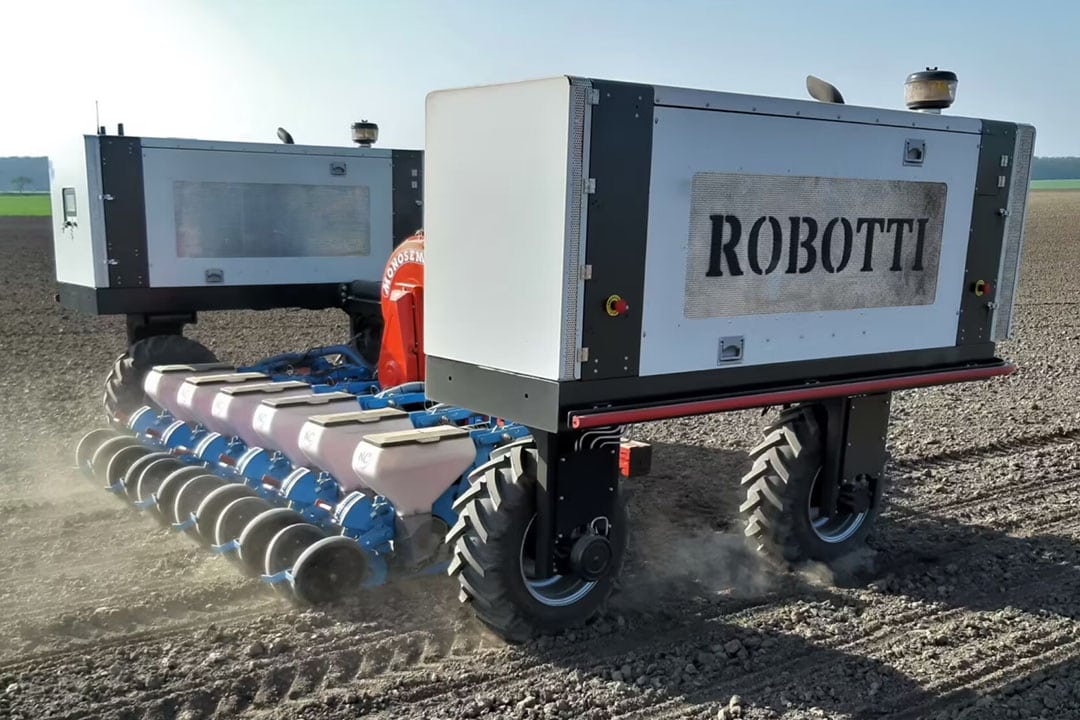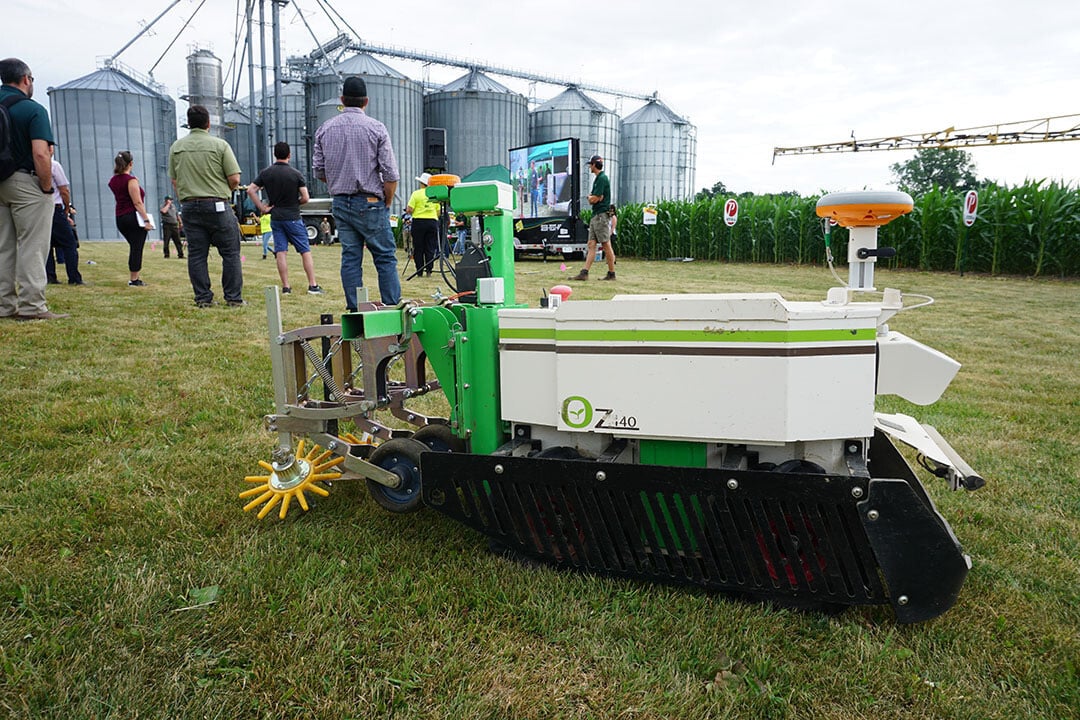Ag robot start-ups securing distribution and service through partnerships

Developing an autonomous or robotic solution is one thing. Selling and servicing it is a next big challenge. More and more ag robot start-ups with promising solutions seek partners to do so.
A crucial aspect of introducing new autonomous and robotic solutions into the market is distribution and service. Once you have a good product-market fit, you have to find and convince the first potential customers. People who trust and invest in your solution but who demand a certain level of service.
This can be quite challenging for a start-up or young company mainly consisting of talented and devoted engineers. But why reinvent the wheel if you can partner with companies who have a distribution and service network in place? The synergies can be significant as the ag robot start-ups secure market access and existing companies benefit from access to technology they might not have (yet).
There’s an increasing amount of such partnerships being formed. Especially this year. A few examples.
Securing market access
Start-ups looking for distribution and service and renown manufacturers looking to accelerate their robotic portfolio can be a great match. Recent examples are Amazone and Claas investing in Dutch AgXeed and John Deere partnering with American GUSS.
While it seems that Amazone is seeking development and technology benefits, Claas is already actively distributing AgXeed robot tractors through its dealer network in Europe. John Deere is doing the same with GUSS in the US and in Australia. Similarly, Same Deutz-Fahr (SDF) recently acquired VitiBot to help market their field robot Bakus outside France.
CNH Industrial and Kubota but also Agco are mostly pursuing a path of acquiring a minority stake to support and to gain access to technology and to give access to their distribution networks. Monarch Tractor is such an example.
Realigning distribution models
Distributing and servicing autonomous or robotic solutions for open field crop production is something different than distributing and servicing tractors and most farm machinery. Not only with respect to knowledge and technology, but also with respect to working hours and continuity.
The adoption of field robots is often being compared with the adoption of milking robots. The expected service level of field robots can also be compared with milking (and feeding) robots as they are expected to run 24/7 in certain cases. Aside, servicing a field robot is different from servicing a planter or a harvester.
Distribution and service models and networks are being realigned to meet customer needs and requirements and distributor competences and knowhow. Two recent European examples are German distributor geo-konzept and Swiss agricultural cooperative Fenaco.
geo-konzept was established in 1992 as a distributor of tractor and implement guidance and autosteer technology as well as crop sensors, UAV’s and GPS supported surveying solutions. Added to that, since recently, are the field robots from Danish AgroIntelli and AgXeed.
Text continues below image

Fenaco, through its farm machinery business unit Serco, recently founded two daughter companies named Sevra Suisse and Sevra France to concentrate on selling and servicing ‘digital solutions’ in Switzerland and in France. While Serco focusses on distributing amongst others Claas in the two countries, Sevra is to distribute and service for starters Trimble/Vantage, AgXeed robot tractors and the Carré Anatis weeding robot.
Haggerty Creek
Canadian Haggerty Creek recently followed a similar path by setting up Haggerty AgRobotics, marketing, distributing and servicing Korechi, Naïo and Raven field robots and autonomous solutions. The company also puts the solutions to the test in cooperation with farmers, agricultural extension experts and agribusinesses.
If you know of other examples, then please don’t hesitate to share them!

Join 17,000+ subscribers
Subscribe to our newsletter to stay updated about all the need-to-know content in the agricultural sector, two times a week.



